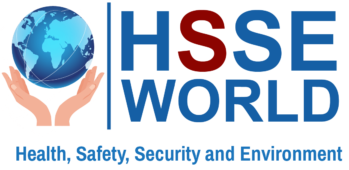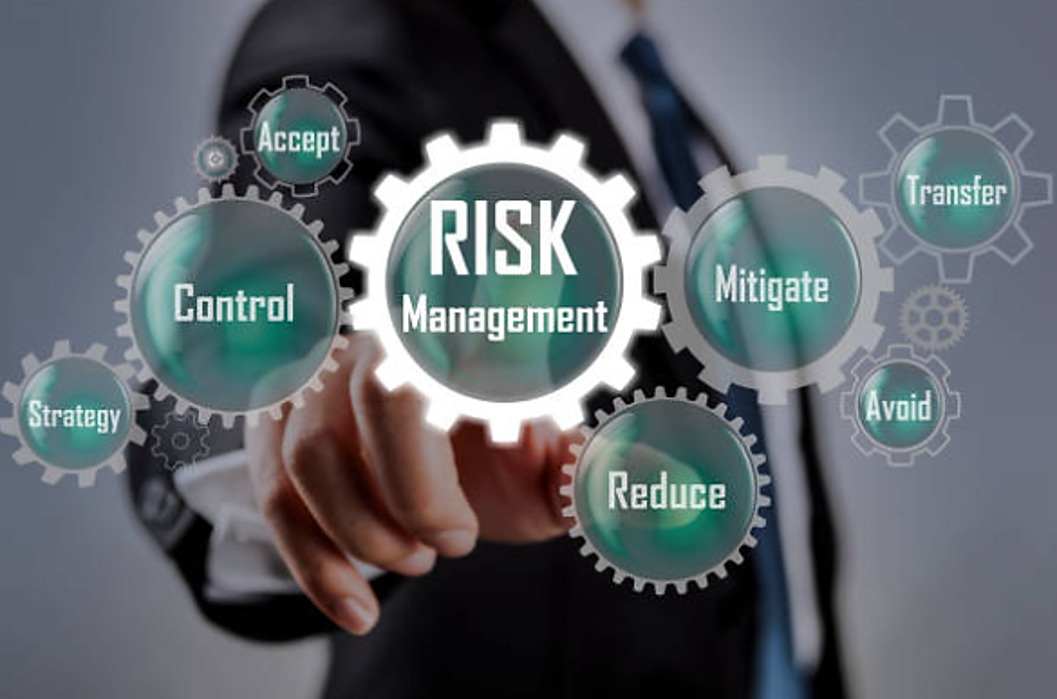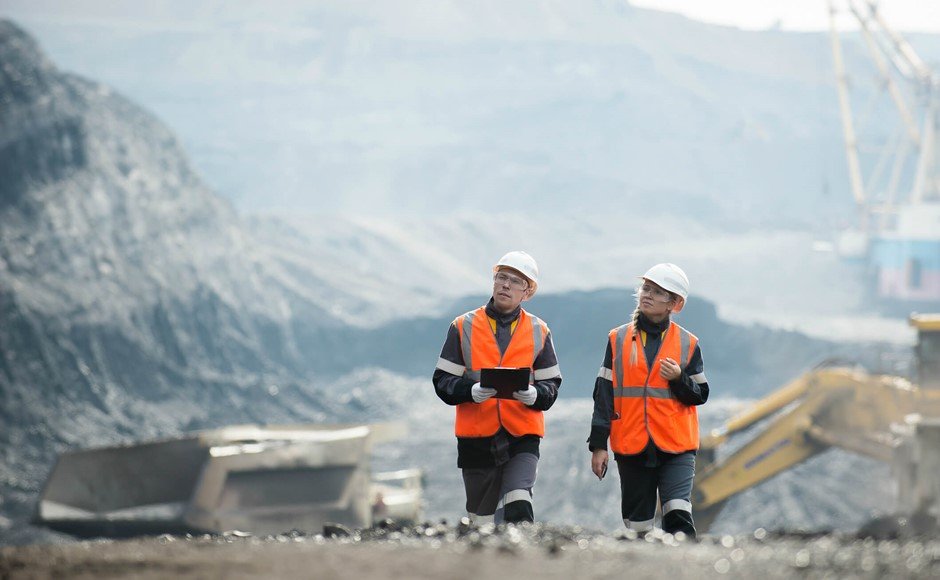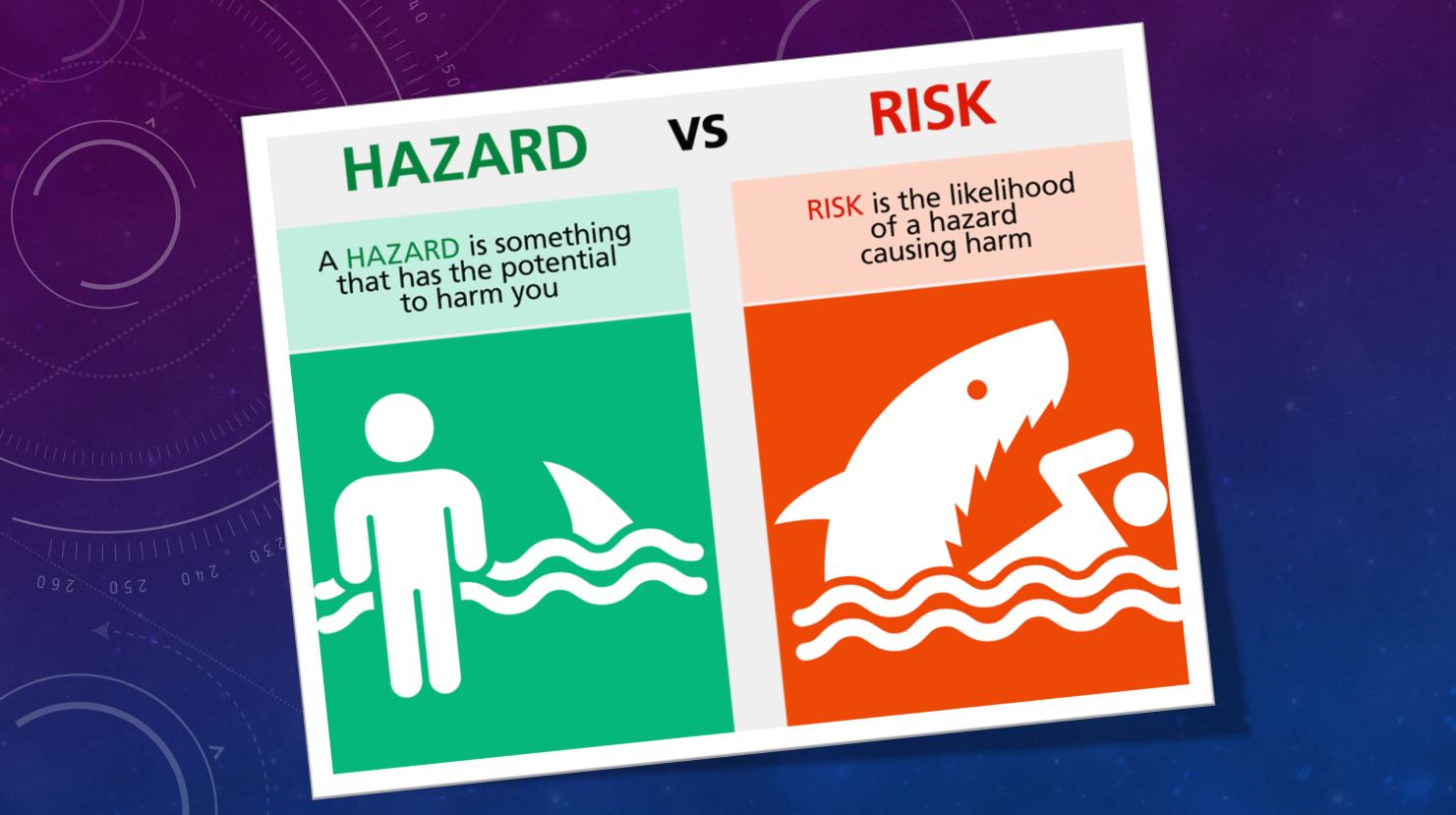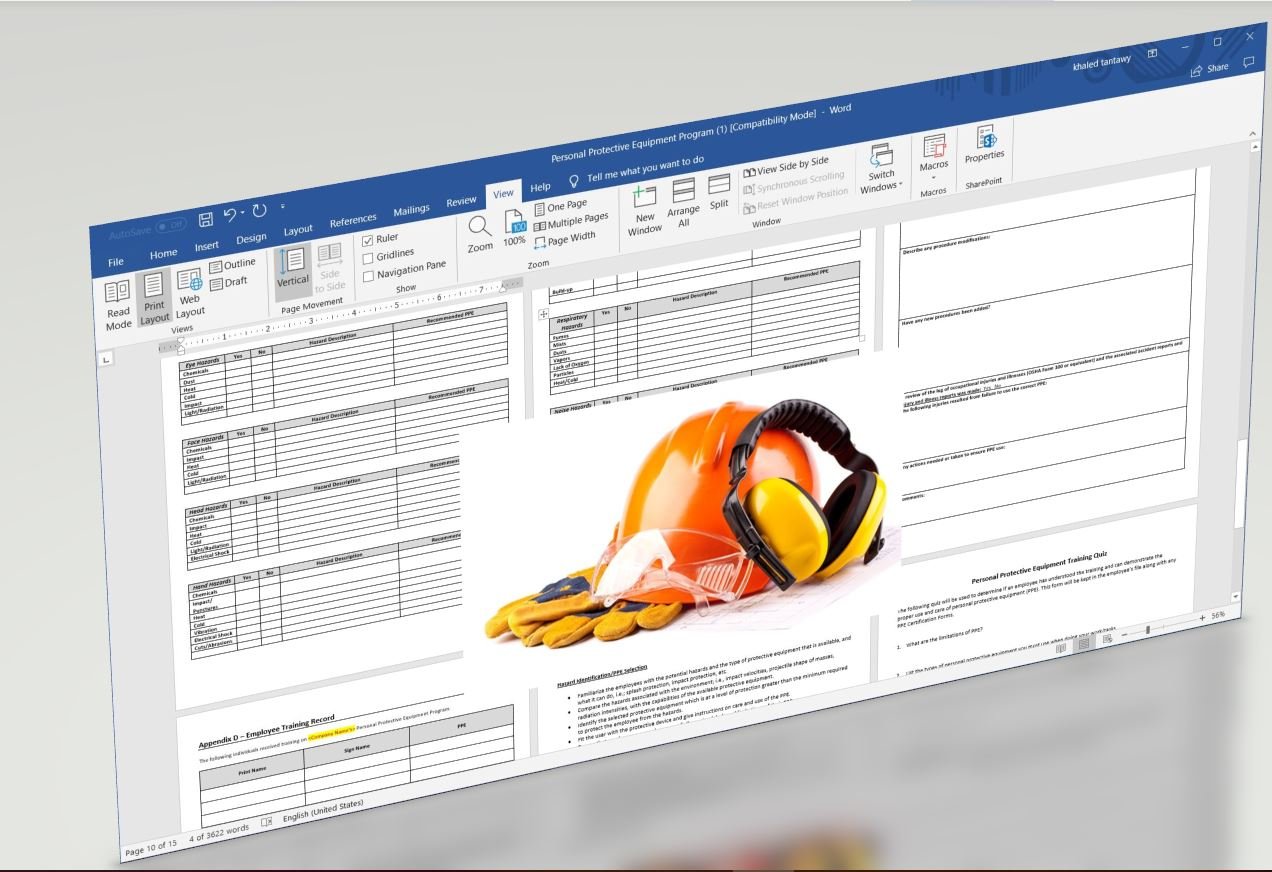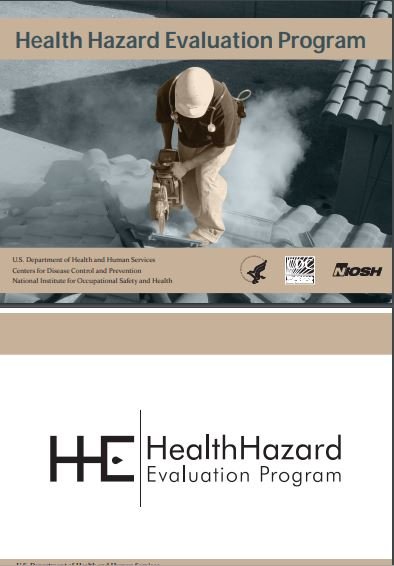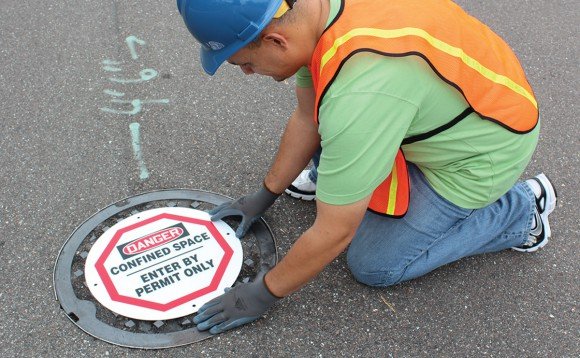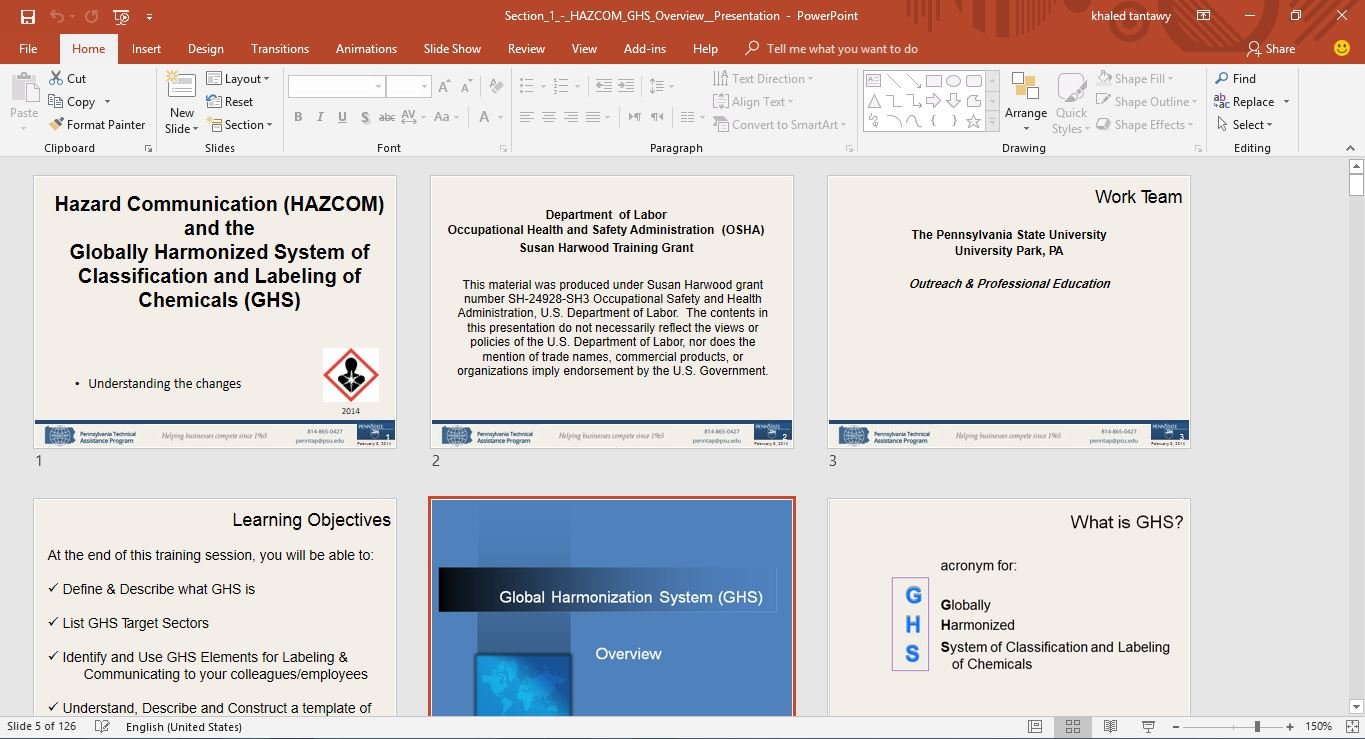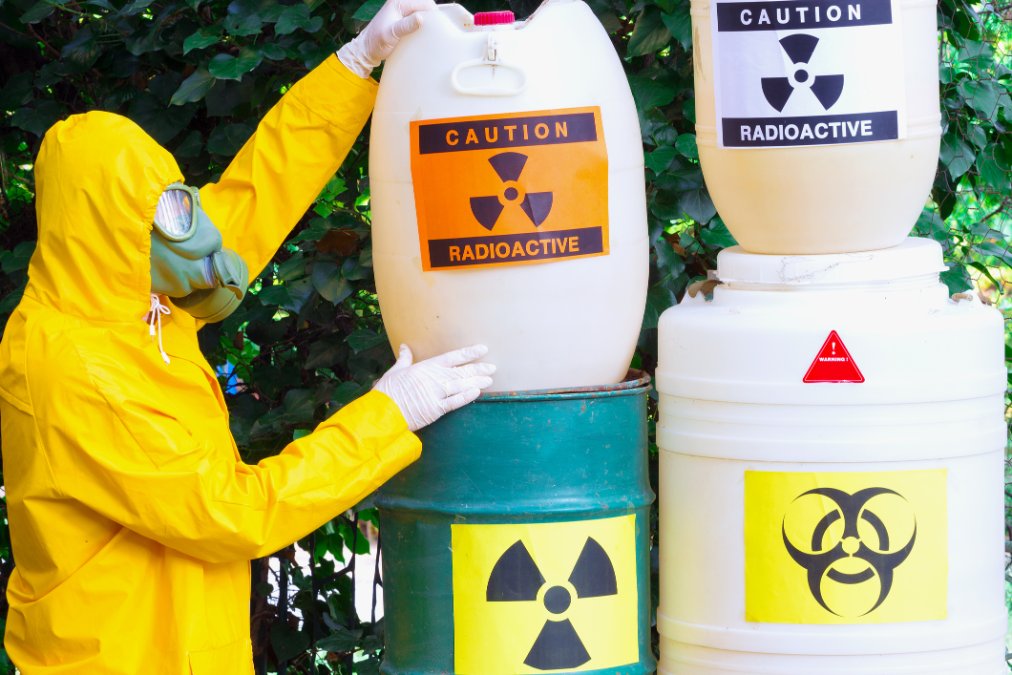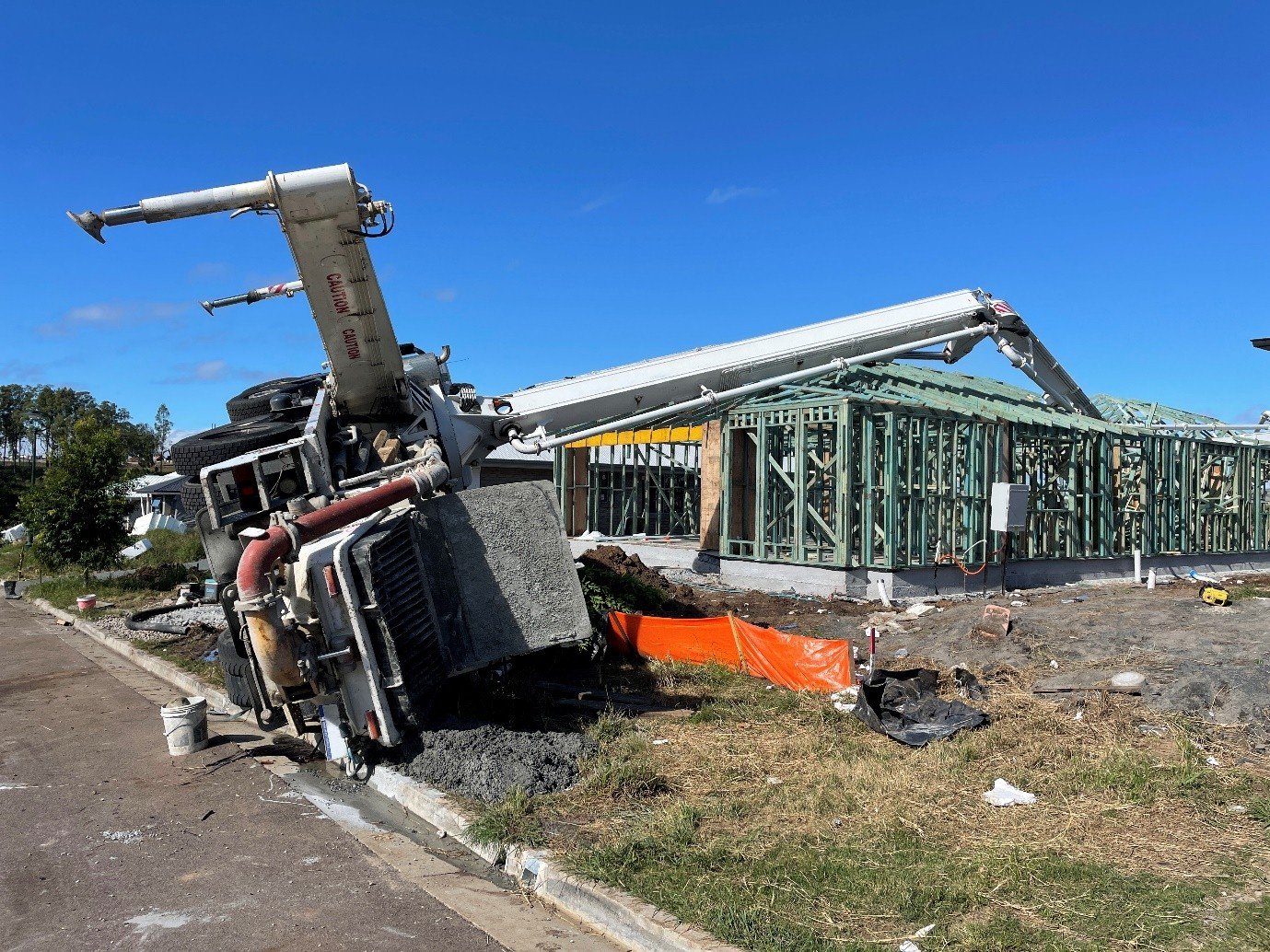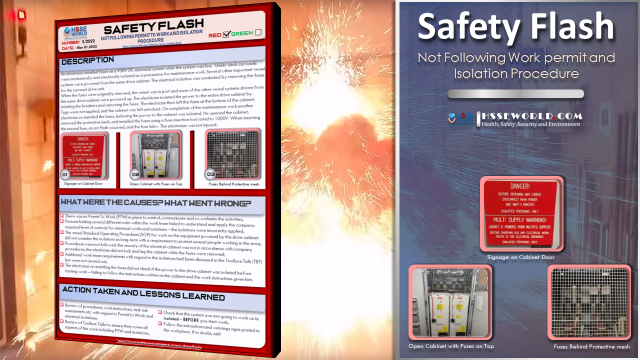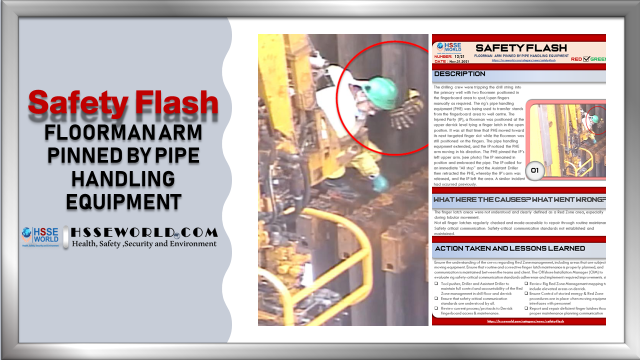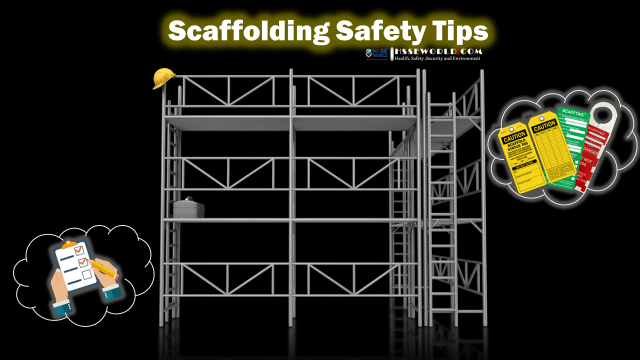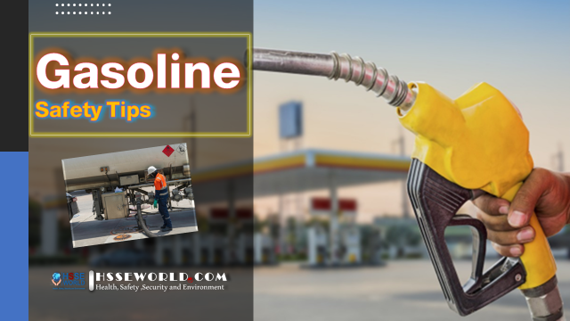5 Key Steps for Effective Risk Management at the Workplace
Risk management is a critical aspect of maintaining a safe and efficient workplace. I recognize that it involves identifying, assessing, and controlling threats to an organization’s capital and earnings. These risks could stem from a variety of sources, including financial…
Using Gin wheels or Pulley wheels safely
Most scaffolds need a way to raise materials to work height, and gin wheels or pulley wheels are by far the most popular. The combination of being simple to affix and to use simply attach the object and pull it…
Seaports and Docks top 5 Safety Hazards
Seaports and docks are challenging places to work, and docking is considered a high-risk industry. Port and dock workers must work throughout the day and night and under extreme weather conditions. All the while, they do their jobs with and…
Valuable Tips to prevent caught-on-caught-in or between accidents.
According to OSHA, caught-on or -between hazards are, collectively, one of the four deadliest dangers found on a construction site (learn more about OSHA’s Fatal Four). It is also one of the biggest hazards for workers in industrial processing. This is largely due…
E-Books: Hazard Analysis and Risk-Based Preventive Controls Improving Food Safety in Human Food Manufacturing for Food Businesses
[vc_row][vc_column width=”1/2″][vc_column_text]The goal of this book is to help demystify the FDA’s Preventive Controls for Human Foods (PCHF) regulations for retail food sales and service business professionals. Hazard analysis and risk-based preventive controls also represent invaluable tools to the retail…
Detecting, Sampling, and Measuring Silica on Your Job Site
[vc_row][vc_column][vc_column_text]Silica is hazardous. By now, that’s common knowledge. But we also know that some minor levels of exposure are relatively harmless. So, a lot of employers are left wondering how they can know whether all they need to do is provide their…
Designing an Effective PPE Program 5 Tips
[vc_row][vc_column][vc_column_text]You need to supply your workers with the PPE they need to perform their work safely. But you need to do more than just stock some safety gear – you also need to design an effective program to make sure…
What is the difference between a hazard and a risk?
[vc_row][vc_column][vc_column_text] Q:What is the difference between a hazard and a risk? A:In the parlance of health and safety management, the terms hazard and risk are often confused. It becomes difficult to have a discussion about assessment and mitigation when we can’t agree on a glossary first….
E-Books:Occupational Hygiene and Risk Management
[vc_row][vc_column width=”1/2″][vc_column_text] As awareness of the importance of minimising occupational health and safety risk continues to grow amongst Australian employers, so too does the science of occupational hygiene. Occupational hygiene hazards such as dusts, noise, chemicals, vibration, radiation, ergonomics, light,…
The Five Stages of an Emergency Management Plan
[vc_row][vc_column][vc_column_text]our organization’s emergency management plan is a critical tool developed to assist managers, coordinators, and responders. It allows them to effectively manage and mitigate the consequences of an emergency. This guide will provide you with overall guidance on developing an…
TOP 10 Hazards OSHA Inspectors will look for at your workplace
[vc_row][vc_column][vc_column_text] Every OSHA inspection and every OSHA inspector is unique, and there’s no guarantee of what an OSHA inspector will be looking for, but here’s the list of 10 types of hazards OSHA will look for during an inspection. You…
Templates:Machine Safeguarding Program
[vc_row][vc_column][vc_column_text]The purpose of Machine Safeguarding Program is to ensure the safety of our employees by establishing appropriate machine safeguarding procedures for any machine part, function or process that may cause injury. This program outlines responsibilities for all employees, routine inspections…
Templates:Hearing Conservation Program
[vc_row][vc_column][vc_column_text]HSSE World’sHearing Conservation Program is designed to protect employees from hearing loss caused by uncontrolled exposure to hazardous noise by reducing employee noise exposures and providing appropriate hearing protection where this noise cannot be controlled.[/vc_column_text][/vc_column][/vc_row][vc_row][vc_column][vc_single_image image=”7883″ img_size=”full” alignment=”center” css=”.vc_custom_1552064891040{margin-top: 2px…
Templates:Road Safety Plan
[vc_row][vc_column width=”1/2″][vc_column_text]Instructions for using this tool The Road Safety Plan Template is designed to guide you through the process of building your road safety plan. It is a step-wise framework organized into sections, each of which is an important topic…
Templates:Personal Protective Equipment Program
[vc_row][vc_column width=”1/2″][vc_column_text]The purpose of the Personal Protective Equipment (PPE) Program is to develop and implement the procedures for the identification, use, care and maintenance of PPE required to be used by employees for the prevention of illness and injury.All employees…
Templates:Hazard Communication Program
[vc_row][vc_column width=”1/2″][vc_column_text]Over 30 million American workers are exposed to hazardous chemicals in their workplaces. Hazard Communication Programs are intended to ensure that these workers and their employers are informed of the identities of these hazardous chemicals, the associated health and…
Lung disease
[vc_row][vc_column][vc_column_text]Lung disease is any condition that prevents the lungs from functioning properly. It can happen at the workplace if a worker is exposed to certain biological agents, chemicals, or other substances. Employers must take proper steps to prevent workers from…
E-Books:Health Hazard Evaluation Program
[vc_row][vc_column width=”1/2″][vc_column_text] Health Hazard Evaluation program A Health Hazard Evaluation (HHE) is an evaluation of possible health hazards at a workplace. Employees, employee representatives, or employers can request an HHE if they have concerns about health hazards at work. During…
Working safely around confined spaces
[vc_row][vc_column][vc_column_text]Employers are responsible for managing the confined space hazards in a workplace. If you are a worker, there are also steps you can take to protect yourself and others from confined space hazards:[/vc_column_text][/vc_column][/vc_row][vc_row xt_row_type=”in-container” xt_border_top=”0″ xt_pattern_opacity=”100″ css=”.vc_custom_1531743270071{border-width: 0px !important;}”][vc_column width=”1/4″…
Managing Confined space Hazards
[vc_row][vc_column][vc_column_text]As an employer, you must take the following five steps to reduce the risks association with confined spaces hazards in your workplace:[/vc_column_text][xt_networks force_original_colors=”yes”][/vc_column][/vc_row][vc_row][vc_column][vc_single_image image=”6976″ img_size=”full” alignment=”center” css=”.vc_custom_1531740282737{margin-top: 10px !important;}”][/vc_column][/vc_row][vc_row][vc_column][vc_tta_accordion color=”mulled-wine” active_section=”1″ collapsible_all=”true”][vc_tta_section title=”Step 1: Identify confined spaces ” tab_id=”1531739115812-bd270532-d08f”][vc_column_text]The first…
Danger Safety Signs Free
[vc_row][vc_column][vc_column_text]Below are free “danger” safety signs. More free danger safety signs will be added in the future so check back often. Click the thumbnail to bring up the 11″ x 8.5″ inch version of the sign to print or save. The signs were created…
Alternative Energy Industry Hazards:Training Materials
[vc_row][vc_column][vc_column_text]The grantee conducted a training course concerning process safety in the biofuels industry. The training course included an introduction to key process safety (PS) concepts in the biofuels sector, how to perform a hazard evaluation analysis, and how to write…
Chemical Hazards/Hazard Communication:Training Materials
[vc_row][vc_column][vc_column_text]The Materials provided training on the Globally Harmonized System (GHS) under the Hazard Communication Standard (HCS) to workers and employers located in rural Pennsylvania. The learning objectives of this training include understanding the GHS hazard classification and labeling system and applying…
Hazardous Waste Management
[vc_row][vc_column][vc_column_text]According to the Environmental Protection Agency (EPA), “Hazardous waste is waste that is dangerous or potentially harmful to our health or the environment. Hazardous wastes can be liquids, solids, gases, or sludges. They can be discarded commercial products, like cleaning…
